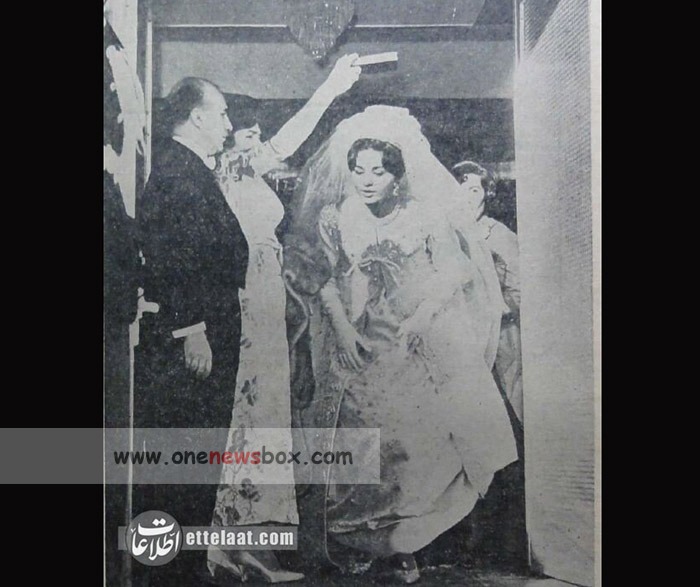A Marriage of Duty and Expectation
The marriage of Farah Diba to Shah Mohammed Reza was not only a union of two individuals but also an alliance steeped in political significance. For the Shah, it represented a chance to secure the future of the Pahlavi dynasty. He had been married twice before, yet those unions had not resulted in the birth of a male heir. His first marriage to Princess Fawzia of Egypt, which ended in divorce in 1948, had not produced any children, while his second marriage to Queen Soraya, which ended in 1958, was dissolved primarily due to her infertility. As a result, Farah’s role as wife was immediately framed in the context of this critical need for a male successor.
Under the system of agnatic primogeniture, which governed the succession laws of the Iranian monarchy, only male heirs could inherit the throne. This legal framework excluded the Shah’s only child from his previous marriages, Princess Shahnaz Pahlavi, from ever ascending to the throne. The failure to produce a son during his previous marriages had been a significant source of frustration and anxiety for the Shah, who feared the instability that might result from a lack of a male heir. The pressure on Farah, therefore, was not simply to bear children, but to deliver the child who would ensure the survival of the Pahlavi dynasty.

